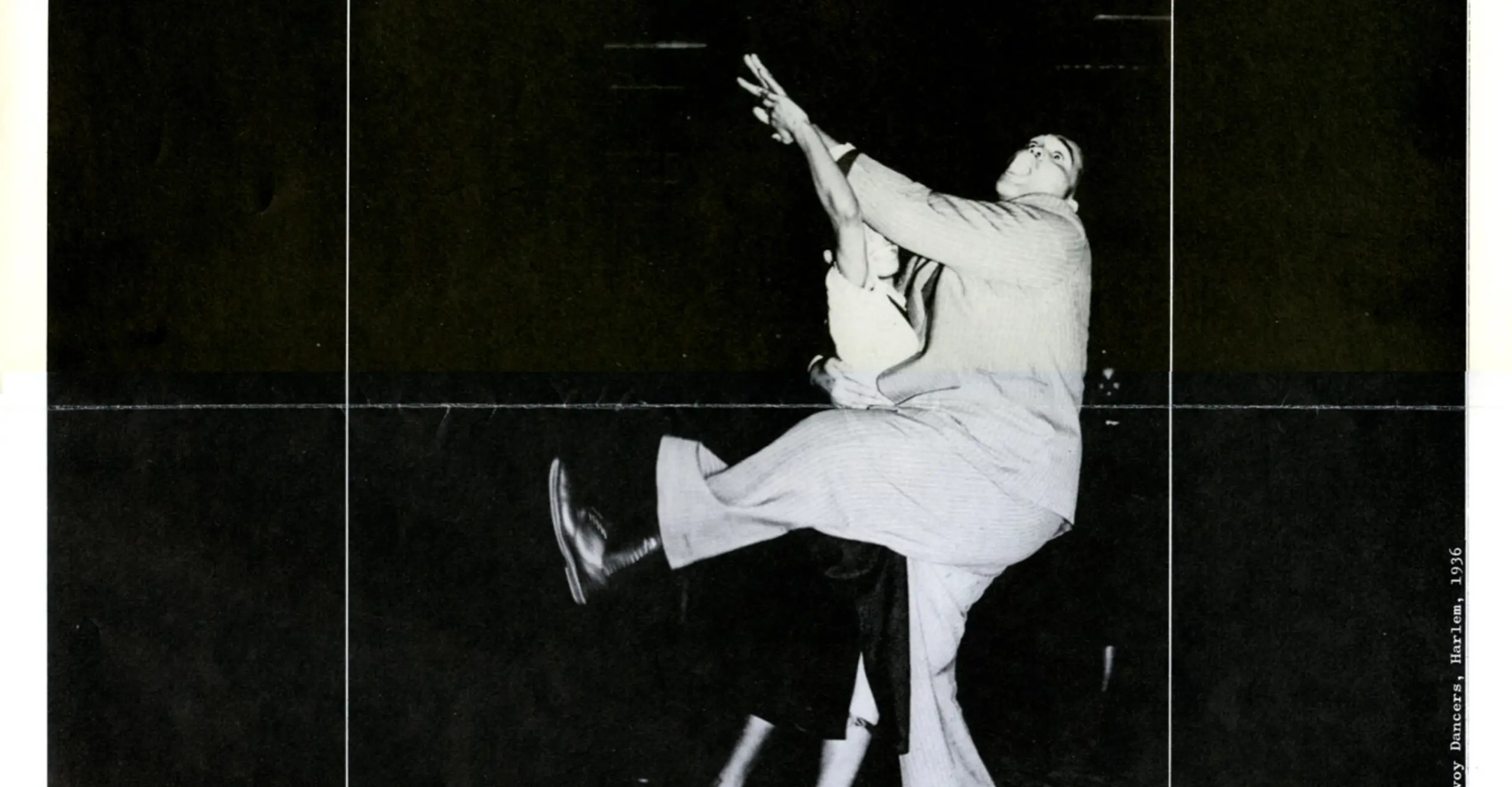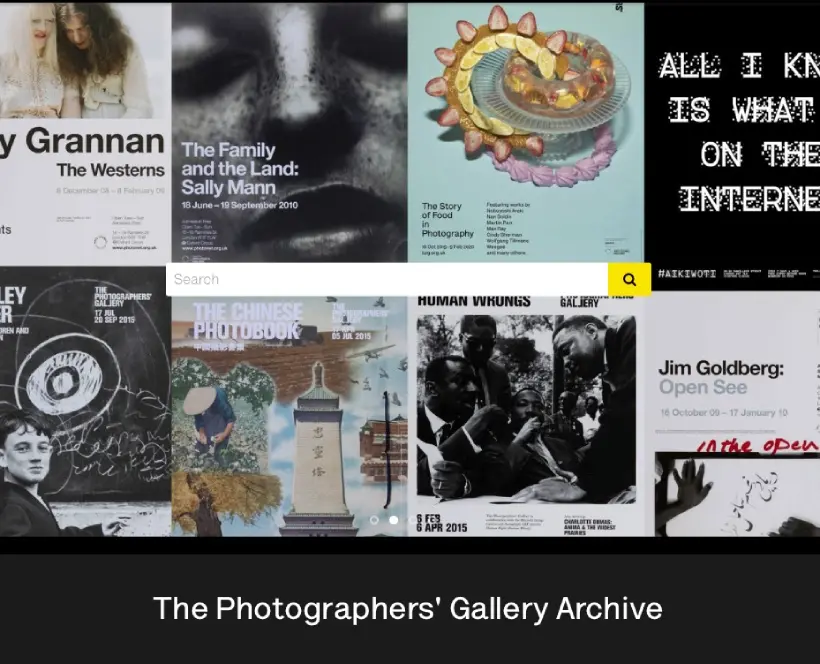Aaron Siskind's early documentary work in the 1930's is little known in this country, and has been largely overshadowed by his later abstract work. This exhibition aims to present his roots in the documentary tradition and to show for the first time the work of his colleague and life-long friend Max Yavno.
Aaron Siskind became interested in photography in 1930 and joined the Film and Photo League in 1933, working as its exhibition chairman for three years. During this time he began work on two documents entitled Tabernacle City and the Architecture of Bucks County. In 1936 following a split within the Film and Photo League, Siskind was persuaded by Sid Grossman to join the newly formed New York Photo League. He accepted on condition that he be excused organisational responsibility and be allowed to concentrate on taking photographs. The Feature Group which he headed ultimately became one of the most successful of the groups in the League, their work being seen in exhibitions and through publications such as Fortune, Look and U.S. Camera.
The Photo League was generated by the radical politics of the 1930's and was sustained by a desire for social change and a belief in the power of photography to effect such change. Its aim was to mirror the daily life of New York in such a way as to present the reality of urban life. Their concerns were political, sociological and aesthetic, and their documentary approach distinguished by its thoroughness and analytical character. Siskind has described their method in an essay entitled The Drama of Objects:
"Producing a photographic document involves preparation in excess. There is first the examination of the idea of the project. Then the visits to the scene, the casual conversations, and more formal interviews - talking and listening, and looking, looking. You read what's been written, and dig out the facts and figures for your own writing. Follows the discussions to arrive at a point of view and its crystallisation into statement of aim. And finally the pictures themselves, each one planned, talked, taken and examined in terms of the whole."
This kind of pre-meditated and critical approach characterised their creation of documents such as Portrait of a Tenement, 1936, Dead End: The Bowery, 1937-8, Lost Generation: The Plight of Youth Today, 1940.
The Harlem Document was one of the most important projects undertaken by the Feature Group, which at this time had ten members including Harold Corsini, Morris Engel, Jack Manning, and Beatrice Koslofsky. Siskind himself had been taking photographs in Harlem some time before the group devoted attention to the subject from September 1938 - February 1940. His experience was invaluable to the Group, but as the minutes of a meeting on 10 January show, he was not beyond criticism.
"Aaron showed us a picture of an entertainer at the RKO amateur hour. The picture was taken from the back of the stage and showed the audience in the orchestra and boxes as the background for the dancer, who was snapped in a characteristic ragtime posture. The group felt that a better picture could be taken of an amateur night, so Aaron will do the assignment over." Minutes such as these give some indication of the working methods of the group, and show how important the discussions were. As Siskind later wrote, in Photo Notes (the magazine of the Photo League) June - July 1940, "we discovered a relationship between the clarity of one's thought and feeling and the clarity of picture making."
Siskind's photographs of Harlem should thus be considered in the context of the work of the Feature Group, and as a fragment of a more complex project which the war prevented from ever being published. At the same time the photo- graphs stand out as fine examples of the art of documentary photography, which both embodies the historical moment and creates work of timeless significance. The energy the of people dancing, drama of the street scenes, the chaotic interiors are matched by a compositional virtuosity, a classic idea of order, in which one can see the seeds of Siskind's later abstraction. To some extent the photographs which comprise his Harlem Document are abstractions from life at the time and many of them embody abstract compositional elements which make Siskind's change to a more formal idiom in 1943 less abrupt and more comprehensible.
Written by Rupert Martin
For further information on this and past exhibitions, visit our Archive and Study Room.

